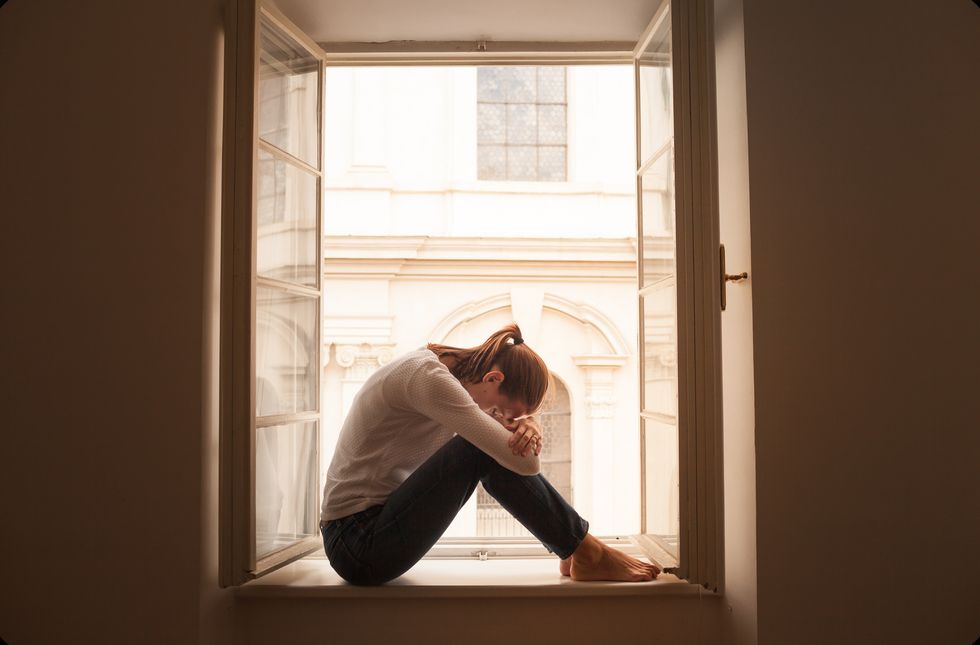You're about to give a presentation at a big work conference. You start sweating, shaking and trembling. Or maybe your heart starts pounding as you're about to give a speech at your husband's 50th birthday party. You may be having a panic attack.
A panic attack is when you abruptly have an intense discomfort or fear, and it peaks within a few minutes. The attacks can happen when you're anxious or calm. They can come on suddenly and strike at any time. You may have them occasionally or often.
You may have an intense fear that you'll have another panic attack. You may fear them so much that you avoid certain situations where they may occur. At first, they may come on suddenly and without warning. Over time, they're usually triggered by certain situations.
Symptoms
According to the Anxiety and Depression Association of America, a panic attack includes at least four of the following symptoms:
- sweating
- shaking or trembling
- feelings of choking
- pounding heart, accelerated heart rate or palpitations
- chest discomfort or pain
- abdominal distress or nausea
- chills or hot flushes
- fear of dying
- fear of losing control or "going crazy"
- feeling unsteady, faint, lightheaded or dizzy
- feelings of unreality or being attached from oneself
- tingling sensations or numbness in the face, hands or feet
- sensations of shortness of breath or smothering
Causes and risk factors
Panic attack symptoms often start in the late teens or early adulthood. They affect more women than men. The attacks may be attributed to:
- genetics and family history of panic attacks
- temperament that's more sensitive to stress or prone to negative emotions
- major stress like serious illness or death of a loved one
- major life changes like a new baby or divorce
- certain changes in how parts of your brain function
- childhood sexual or physical abuse
- serious accident, sexual assault or another traumatic event
- excessive caffeine intake or smoking
Treatment
If you have panic attack symptoms, get medical help from your primary care doctor. Since panic attack symptoms can resemble other health problems, like a heart attack, you want to speak to your doctor. Panic attacks can be uncomfortable and scary, but not dangerous. Still, the attacks can be hard to manage yourself and may get worse without treatment. Treatment can help improve your daily function and reduce the frequency and intensity of panic attacks.
Your health care provider may prescribe antidepressants or antianxiety medications to help you manage and decrease your symptoms. You may also benefit from other therapies that can help you change your ways of thinking and behaving. These include talk therapy, as well as cognitive-behavioral therapy, systematic desensitization or breathing retraining.
Prevention
It can be difficult to prevent panic attacks. But you can manage symptoms.
- Follow your treatment plan. That will help prevent worsening of panic attack symptoms and relapses. It takes time and effort to see results from treatment, so stick with it.
- Exercise may help protect against anxiety. It can have a calming impact on your mood.
- Avoid drugs, alcohol and caffeine. They can all worsen or trigger attacks. Read about foods that cause anxiety.
- Practice relaxation and stress management techniques. Try deep breath and yoga to help you handle what you're going though.
- Join an in-person or online support group. You can connect with others dealing with the same problems.
- Get enough sleep. Catch enough shuteye so you're not drowsy during the day.







